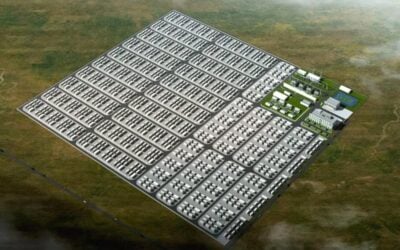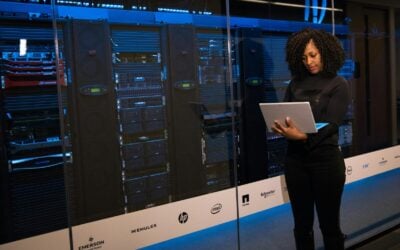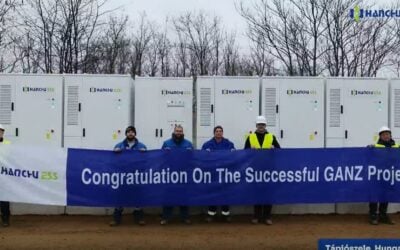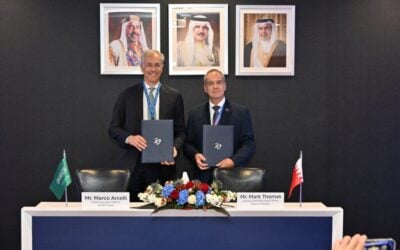Frank Qi of Trina Best. Image: Andy Colthorpe.
Trina Best, the energy storage company begun as part of Trina Solar but now a separate entity in its own right, wants to go public by 2020 and has not ruled out building its own battery cell production facilities in future.
Frank Qi, a general manager at Trina Best, spoke to Energy-Storage.News at the Intersolar Europe trade exhibition this week. He said that although the company was set up originally as a division of Chinese vertically integrated solar manufacturer and developer Trina Solar in 2012, the result of the company being asked more and more about energy storage by customers since about six years ago, the two became separate entities at the end of last year.
“We target that Trina Best will definitely become a publicly-listed company. The plan is to do this before 2020,” Frank Qi said.
Company hopes to deliver 10 containers to Europe this year
Try Premium for just $1
- Full premium access for the first month at only $1
- Converts to an annual rate after 30 days unless cancelled
- Cancel anytime during the trial period
Premium Benefits
- Expert industry analysis and interviews
- Digital access to PV Tech Power journal
- Exclusive event discounts
Or get the full Premium subscription right away
Or continue reading this article for free
“We provide mainly three products for three market segments: firstly the residential segment. We provide the whole system, not only the battery, not only the inverter – an integrated system, with 6kWh to 9kWh for the residential market.”
Qi claimed the residential systems could be installed in as little time as half an hour – an area where manufacturers are starting to make competing claims – perhaps not unlike the installation time ‘oneupmanship’ seen in solar in the past, particularly in the US.
“We’ve also developed our containerised solution – a central energy storage system. We can provide 500kWh to 2MWh with our new technology, all in one standard 40ft container. Mainly for the grid or bigger solar PV parks. We already have this in China and we hope to deliver more than 10 to Europe this year. Of course we have projects in southeast Asia, China, Japan, the US.”
“The third segment is the whole integrated electricity system using different battery technologies, not just lithium-ion but also lead acid and others. Especially in Southeast Asia we find that customers, some in Western China and a few in Europe ask for lead acid, because it’s cheap. We see lead acid being less and less a part of the market over time, but still, we can find some customers.
Qi said that customers could install a lead acid based system and then switch to lithium-ion in three year’s time if costs have fallen y then as dramatically as predicted y many analysts.
Trina Best (known in China as Chiangzhou Trina Energy Storage Solutions Company), officially launched this week at the show in Munich, Germany. Qi said he felt “anything was possible” within the scope of the company’s activities, from potentially expanding to project engineering, procurement and construction (EPC) services, to eventually completely vertically integrating and one day producing its own battery cells – although clearly this remains a long term ambition.





